UPDATE! It appears that Polaris is no longer working with the manufacturer who designed and built these electric bikes, but that company is now selling their own line as PIM (Power in Motion) and you can connect with them through their official website at www.pimbicycles.com to possibly get replacement batteries, chargers, and other hardware. The following review stands on its own and represents the Polaris bike as I experienced it at the time.
The Polaris Appex is a high speed trail bike that offers good balance on or off-road. While it does come stock with knobby tires and a decent suspension fork, the rear rack mounting point and lockout make it a good choice for city riding and commuting as well. As someone who likes to take shortcuts and explore scenic routes on my way around town, this ebike offers just enough ruggedness while still being practical. Although it’s only available in one size and color, the mid-step frame is easy to mount and the quick release seat tube offers a range of setups. I enjoyed the ergonomic grips and appreciate the lockers (that keep them from twisting if you really bear down while riding) and the upgraded Wellgo platform pedals include adjustable pins for increasing or decreasing traction. Most of the features on this bike are upgraded in fact, the integrated bash guard on the front sprocket, the reinforced tubing (which adds strength for true off-road use), the hydraulic disc brakes with 180 mm rotors and the seamless battery pack integration.
Driving the Apex electric bike is an impressive 750 watt gearless direct drive hub motor located in the rear. Its peak output is 1,000 watts which is incredible but that’s not the whole story… Being gearless, the higher wattage sort of makes up for mechanical advantages that a geared hub or mid-drive motor would offer. One advantage to the gearless drive on this ebike is that it runs a bit quieter (though it still whirs at lower speeds when climbing). Another benefit is toughness, there are no gears inside making contact with each other, just magnets repelling. Toughness aside, the real advantage to a gearless direct drive motor setup is that you can use those magnets to recoup power with regenerative braking and that’s exactly what Polaris does here. Not only do you get regenerative braking (activated through either brake lever), but you also get two levels of regen mode which helps to extend range and means you can get away with a smaller, relatively lighter battery pack.
The battery powering the Polaris Appex offer a solid 44 volts of power with smaller 6 amp hours of capacity. It uses light weight, long lasting Lithium Manganese cells and can be charged on or off the bike. It also has a tough integrated lock to keep things secure if you’re parking in a public location and don’t want to bring the pack inside. If you do decide to take it off however, the overall weight of the bike is reduced which makes it easier to transport or carry up stairs etc. They’ve designed the pack to fit right into the top tube on this model and it’s actually interchangeable with other second generation Polaris electric bicycles. You can even get a second pack to extend your range or balance charging when commuting (one at home, one at the office) but they cost a pretty penny at nearly $800. As you can see, the downtube is very wide and sort of overbuilt for strength. This makes the bike a bit heavier but adds stiffness which means the frame won’t flex as much when you really push it off-road.
Operating the Appex electric bike systems is pretty straight forward. You charge the battery, press the power button on the display console and the system activates. From here you can arrow up or down on the display to choose from 3 levels of assist or two levels of regen (perfect for coasting down hills or getting a workout). I’ve always been fascinated with regeneration modes on ebikes but the truth is, you don’t really get that much power back. The utility of the feature boils down to saving your wrists from squeezing the brakes constantly and offsetting some of the cogging and increased weight of a gearless hub motor. The handlebars and cockpit of this ebike are relatively straight forward with Magura brake levers on both sides and a trigger shifter on the right bar. You get eight speeds to pedal with and that’s solid for climbing or cruising but really isn’t “mountain bike” level in my opinion. Unlike some of the other Polaris ebikes, this one doesn’t offer throttle mode, you always have to pedal in order to activate the motor. This isn’t a bad thing in the sense that it motivates exercise and extends range. Given the higher 25 mph top speed of this bike, the pedal assist only mode may balance out with the increased drag of zipping along at higher speeds.
Even though the motor specs above sound very large and powerful on paper, it sometimes feels sluggish due to the unique drive sensors… and I want to explain how it works so you don’t misinterpret the system as being weak. The BioSync cadence sensor used on the Appex can actually sense when you shift gears by measuring the cable that activates the rear derailleur. It uses this feedback along with the chain speed (measured by the chain guide just below the chain stay) to activate and de-activate the motor. It’s a unique system that helps the bike respond more naturally to the gear that the bike is riding in but isn’t always the most satisfying and might take some getting used to. In short, if you’re pedaling with a lower gear the motor focuses on torque and actually limits the top speed. Alternatively, when you’re using a higher gear, the motor delivers high-speed performance and that’s when you can really feel it and reach those higher speeds. Most of the other ebikes I test simply raise or lower the feeling of power but don’t seem to consider speed the way Polaris has. This means, you could be riding in a lower gear actually trying to go slow but the motor sort of overpowers you. It’s difficult to make everyone happy and even though the Appex may not seem immediately satisfying during a test ride, for day to day use it’s actually very well tuned.
So far, the Appex is my favorite model from Polaris and that has a lot to do with my ride style. I appreciate the comfort and efficiency of slightly larger wheels, the knobby all-terrain tires and an adjustable suspension fork. Being able to attach a stock rack to the back end of this thing and start commuting is wonderful and the purpose built frame balances out the custom battery design and powerful rear hub motor. It’s relatively quiet, fairly powerful and includes a generous two year warranty. Sure, there’s only one frame size and the battery capacity is a bit smaller than some other models, it takes some getting used to in terms of power vs. speed but this is one of only a handfull of higher-speed electric bikes that are so thoughtfully designed at at ~$3k it’s more affordable and versatile than others. I’d compare this with the IZIP E3 Dash which offers a more traditional high-step frame.
Pros:
- Offers three levels of pedal assist and two regeneration so you have multiple ways to use the motor, it can reach 25 mph in the highest mode which makes this one of the fastest Polaris electric bikes available
- Suspension fork and larger knobby tires help to smooth out cracks and bumps, they make the bike trail or light mountain capable but there’s also a mounting point for a rear carry rack and a lockout on the fork so it could also work well for commuting or urban riding
- Mid-step frame design is a bit easier to mount than traditional high-step but the frame still has a top tube and downtube and stays very rigid, it feels sturdy
- Large 180 mm hydraulic disc brakes offer great stopping power and the Magura levers are upgraded to include motor inhibitors as well as a bell
- The 650B 27.5″ wheel size offers good momentum and a higher attack angle for taking on roots, rocks and other rough terrain elements but is still nimble and won’t clip your toes as easily when making big turns, even though they are primarily setup for trail riding the reflective sidewalls also add safety for nighttime city riding
- BioSync cadence sensor can detect gear shifting using an internal pulley, it uses this information to provide slow torque in low “climbing” gears and high speed in high “fast” gears
- Reduced wear on brake pads and extended range thanks to regenerative braking, two levels of regen and automatic regen based on bike speed and chosen gear
- Battery pack is beautifully integrated into the frame for improved balance and protection, locking and removable for convenient charging or reduced weight during transport (front wheel with quick release also helps)
- Gearless direct drive motor is fairly quiet compared with a geared hub but does hum a little bit in the lower speeds (especially when climbing)
- Wires are hidden on the frame but remain accessible for doing maintenance, the display panel and motor have modular disconnects for easy service and replacement if necessary
Cons:
- The Polaris Appex only comes in one frame size which might make dialing in the fit a bit more difficult for short or tall riders
- This ebike is heavier than similar electric bikes I’ve tested that use geared motors vs. gearless but the weight is fairly well balanced thanks to the battery position
- The battery pack offers relatively low watt hours and is very expensive to replace ~$700 though it can offer decent range thanks to the three assist levels and regeneration options
- At times, this ebike can feel less satisfying because the power output hinges on which gear you’ve chosen to pedal with, it doesn’t provide that zippy feeling using the trigger throttle that some other ebikes do and you may have better luck not pushing the throttle all the way forward because it was cutting out during my ride test
Resources:
- Official Site: http://polarisebikes.com/bike_EV504.php
- Official Manual: polaris-ebike-manual.pdf
- More Pictures: https://goo.gl/photos/t5Ktd4uYm1XP4eHw7

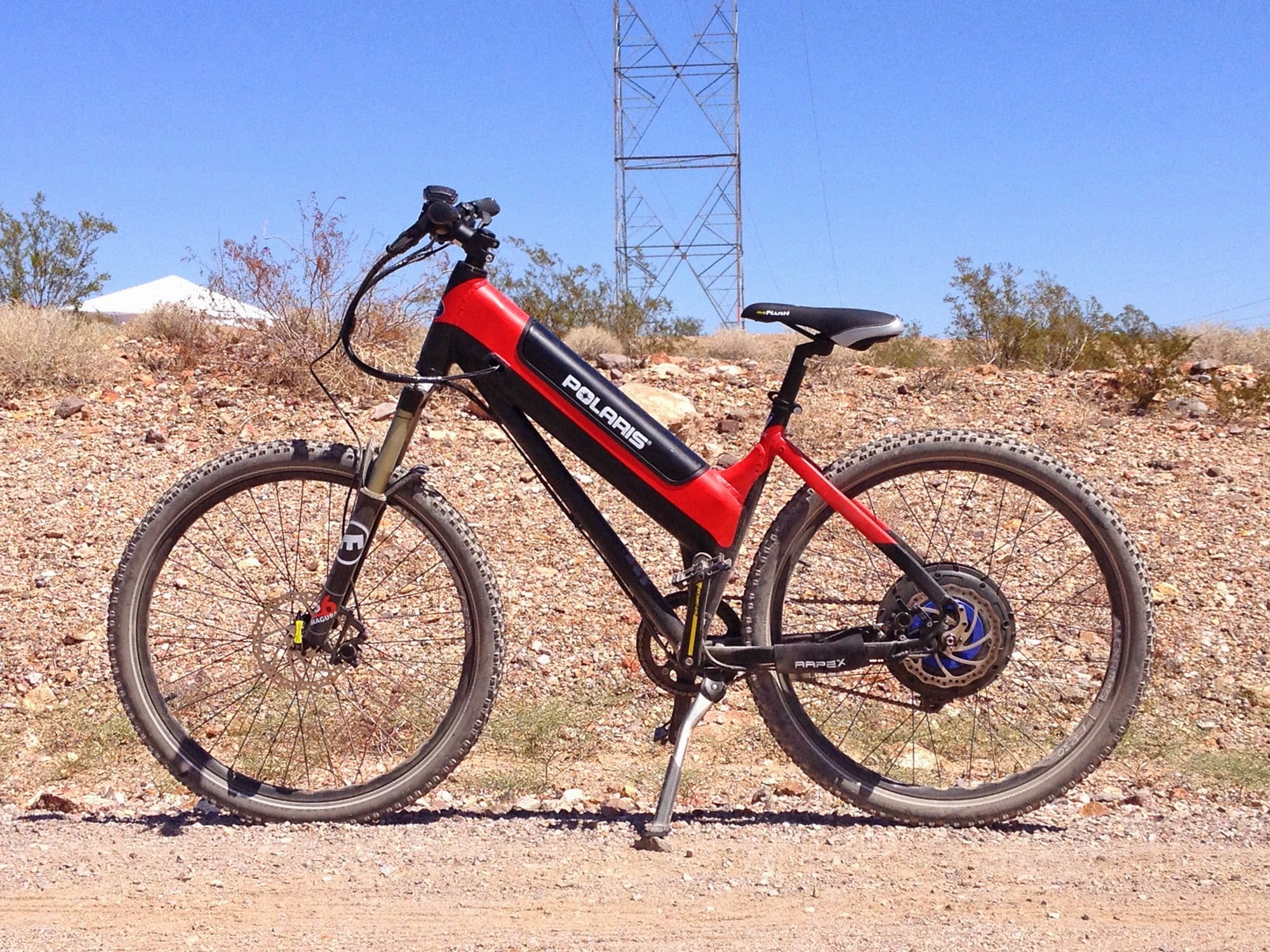
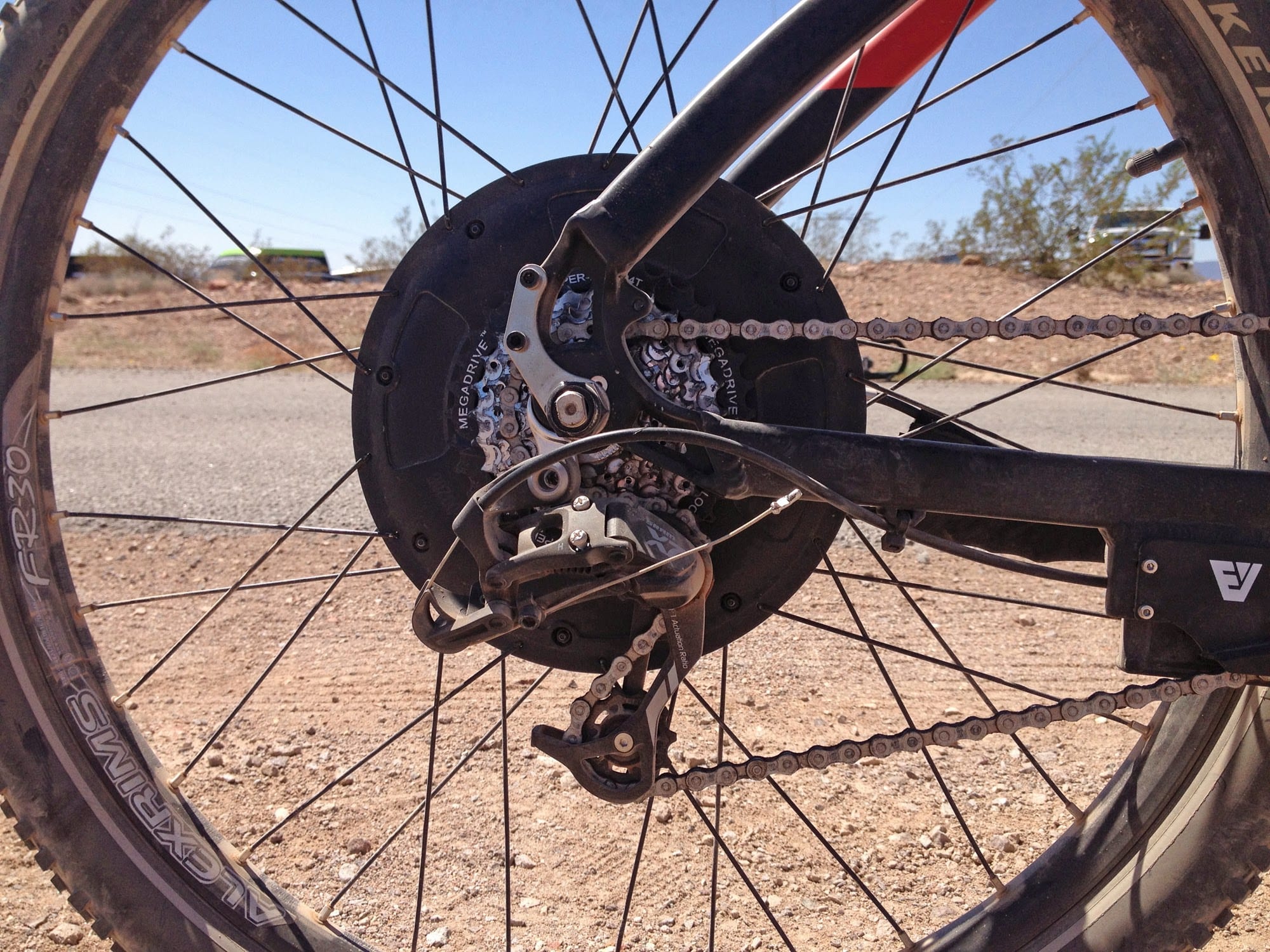
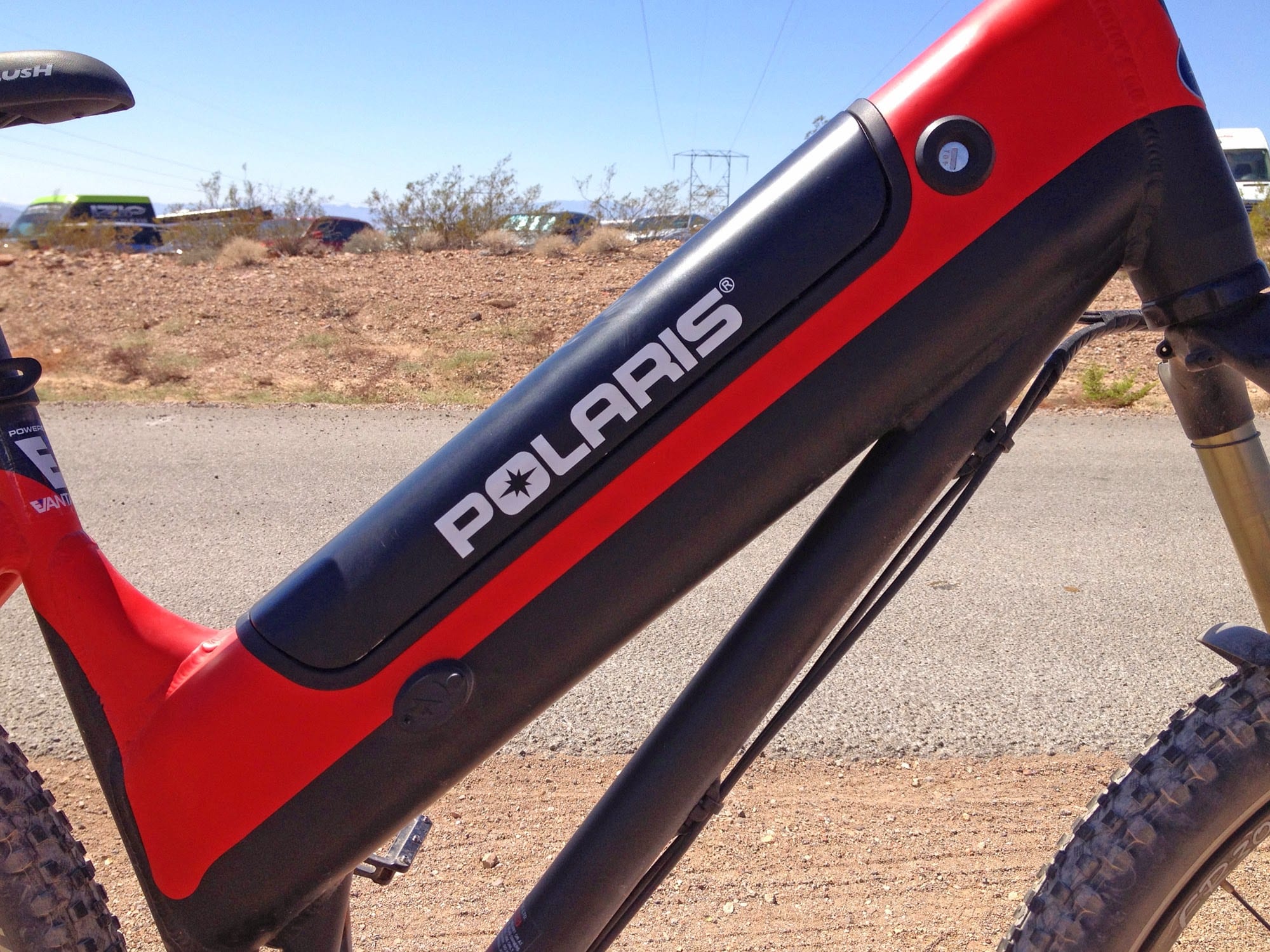
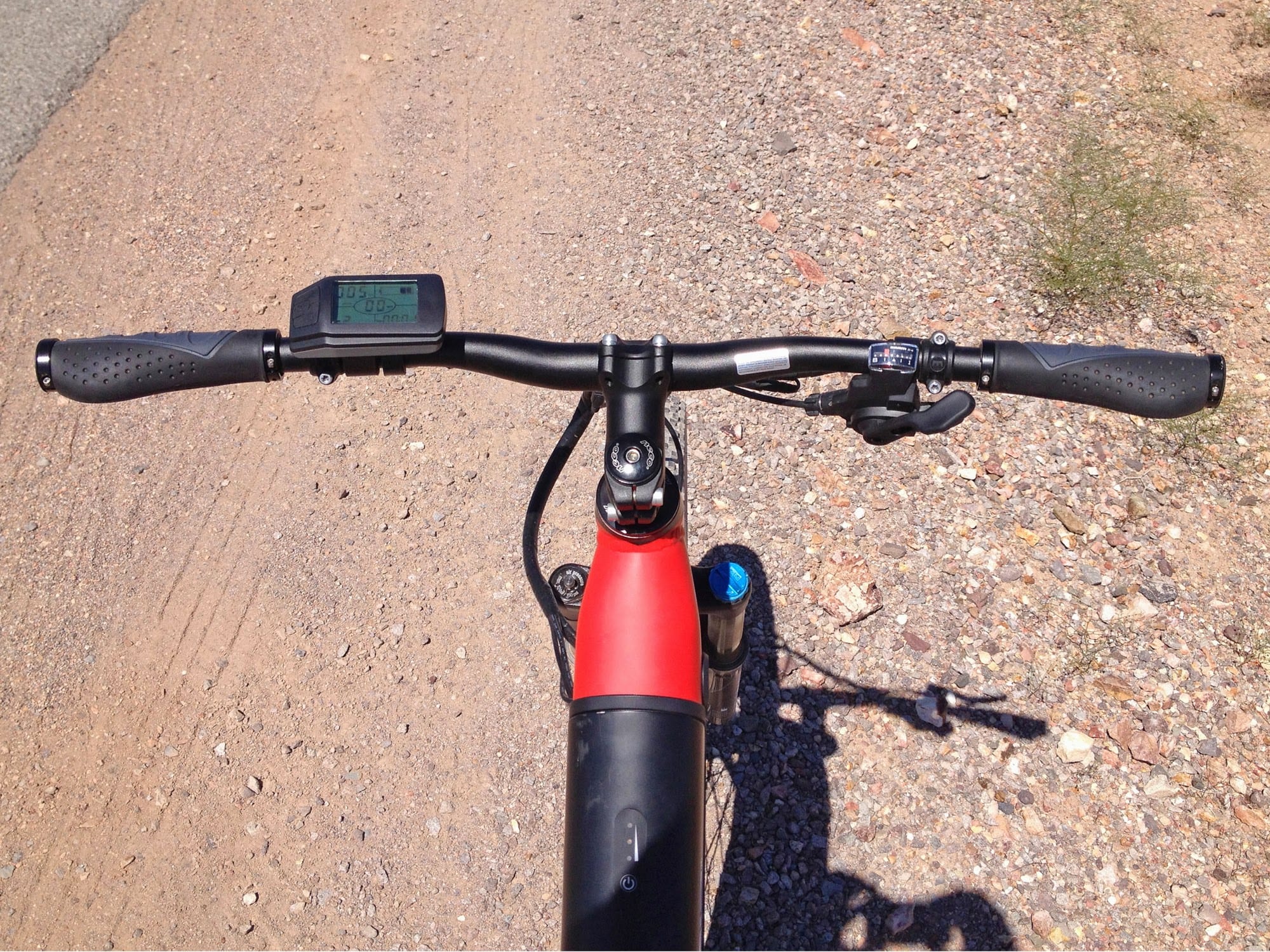
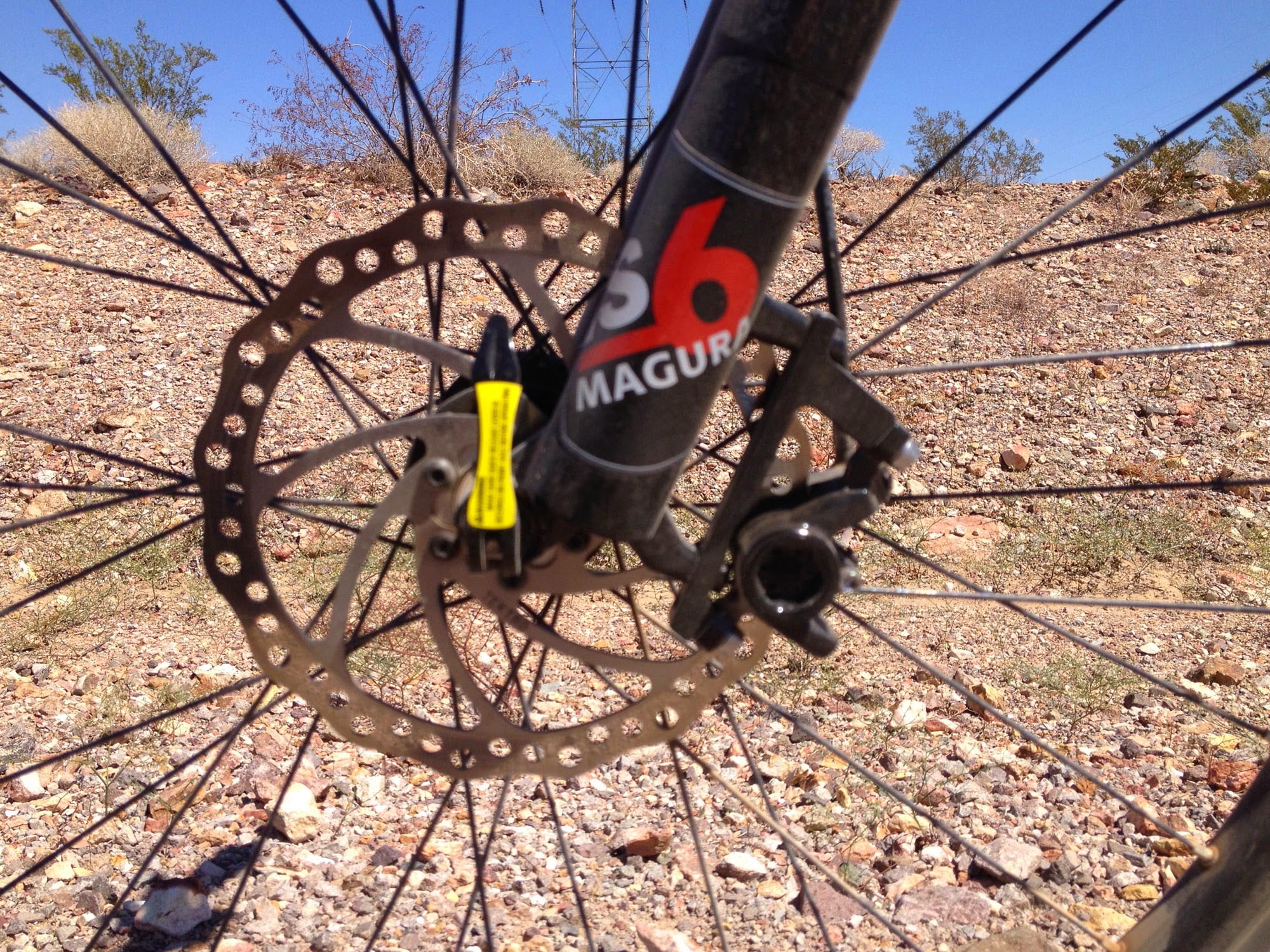

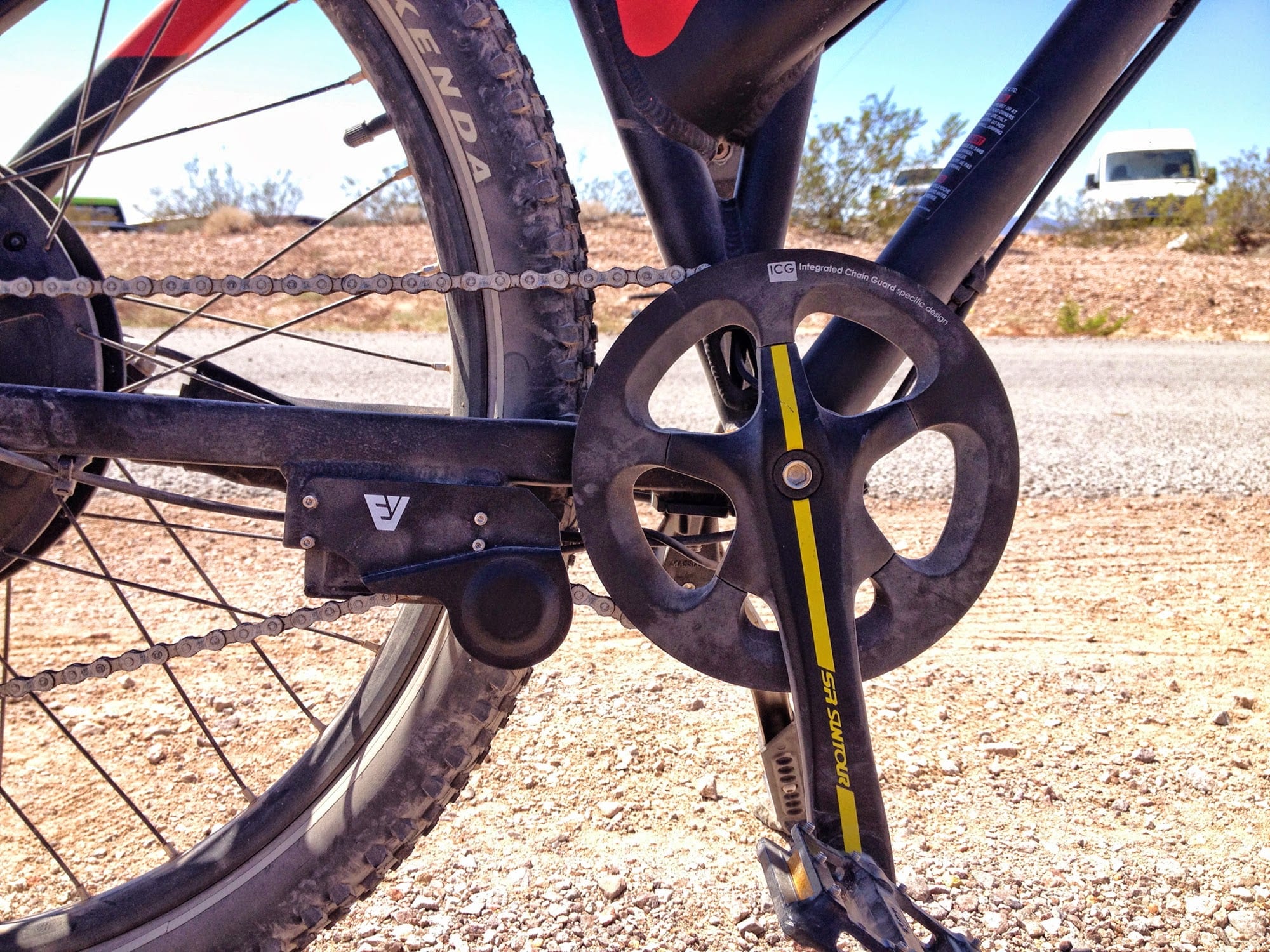
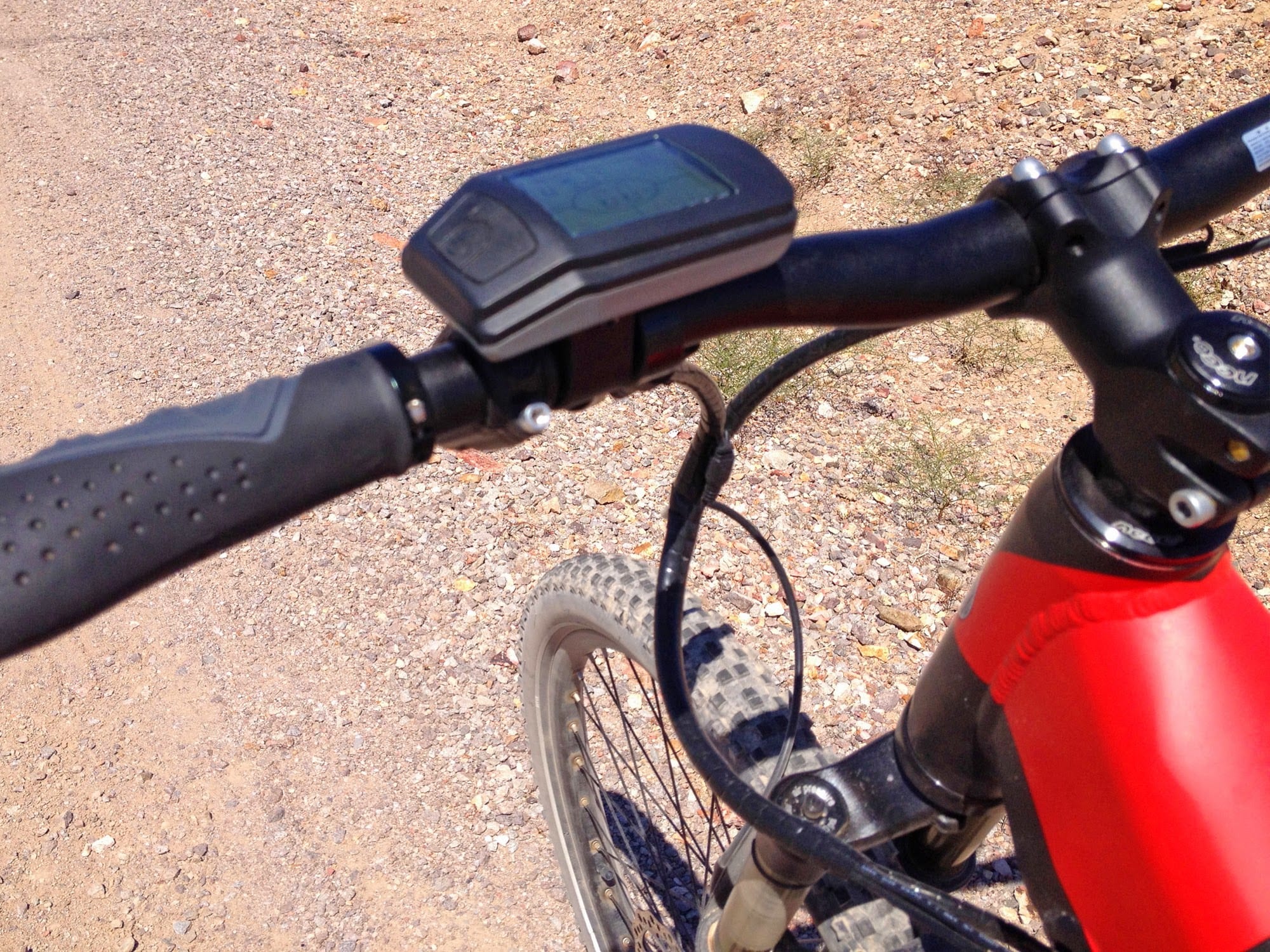

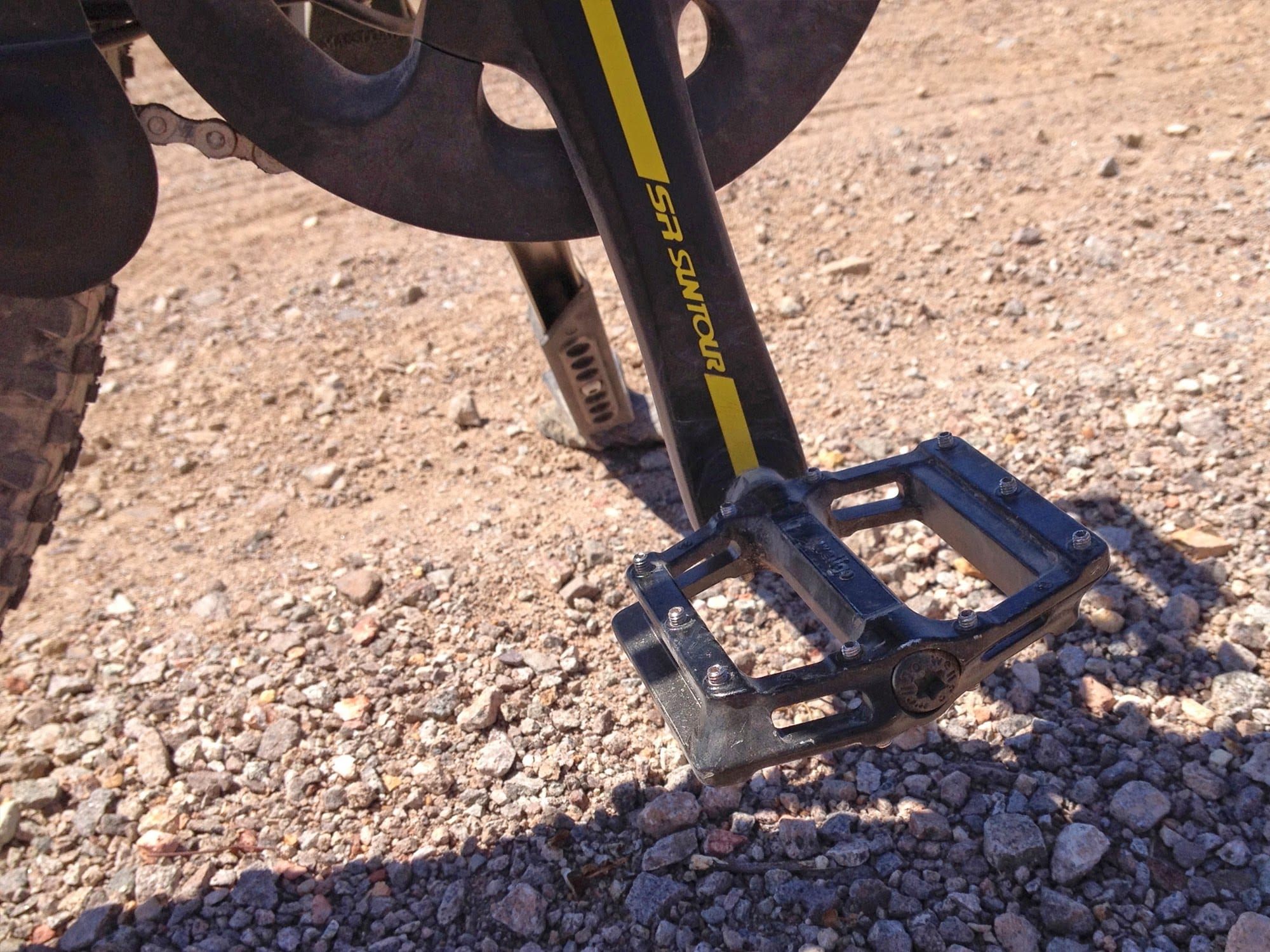

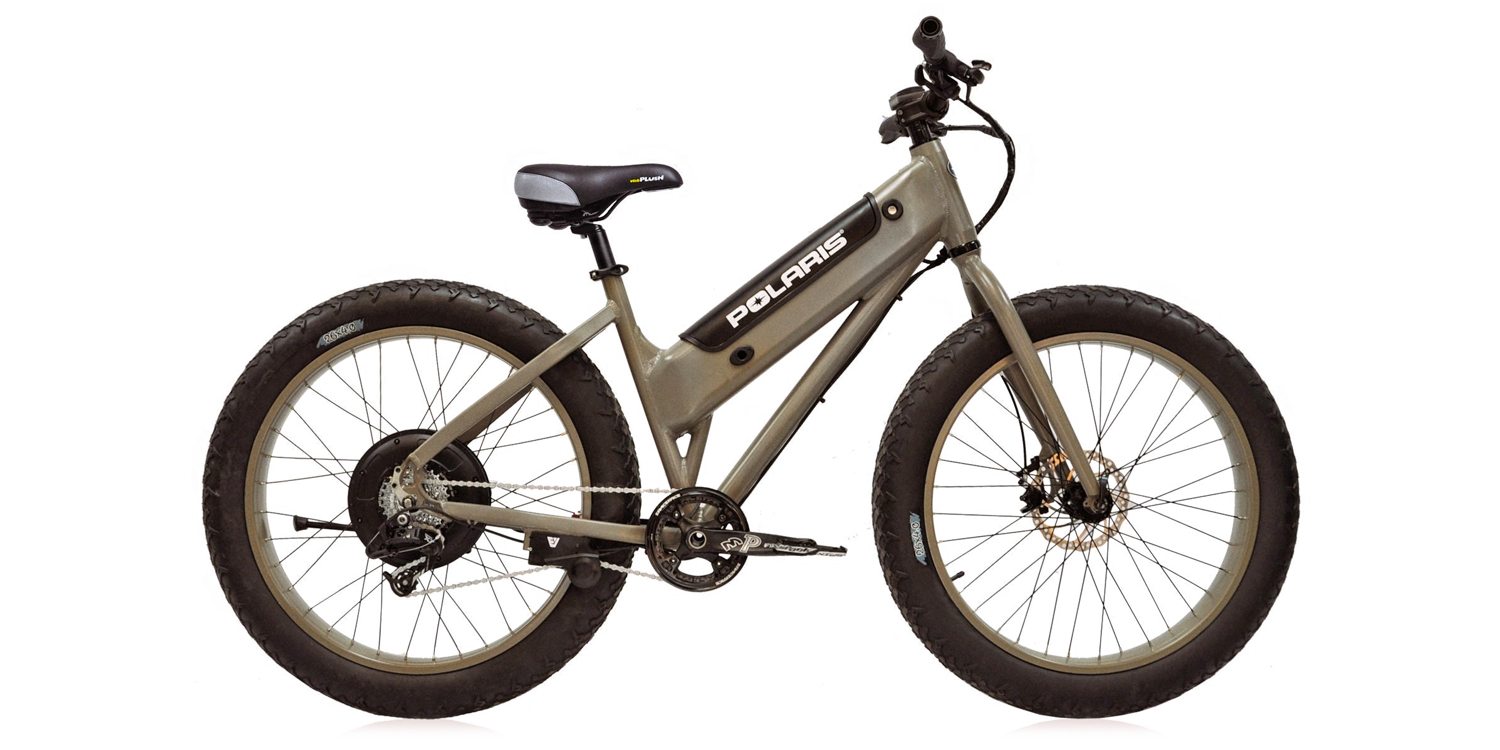
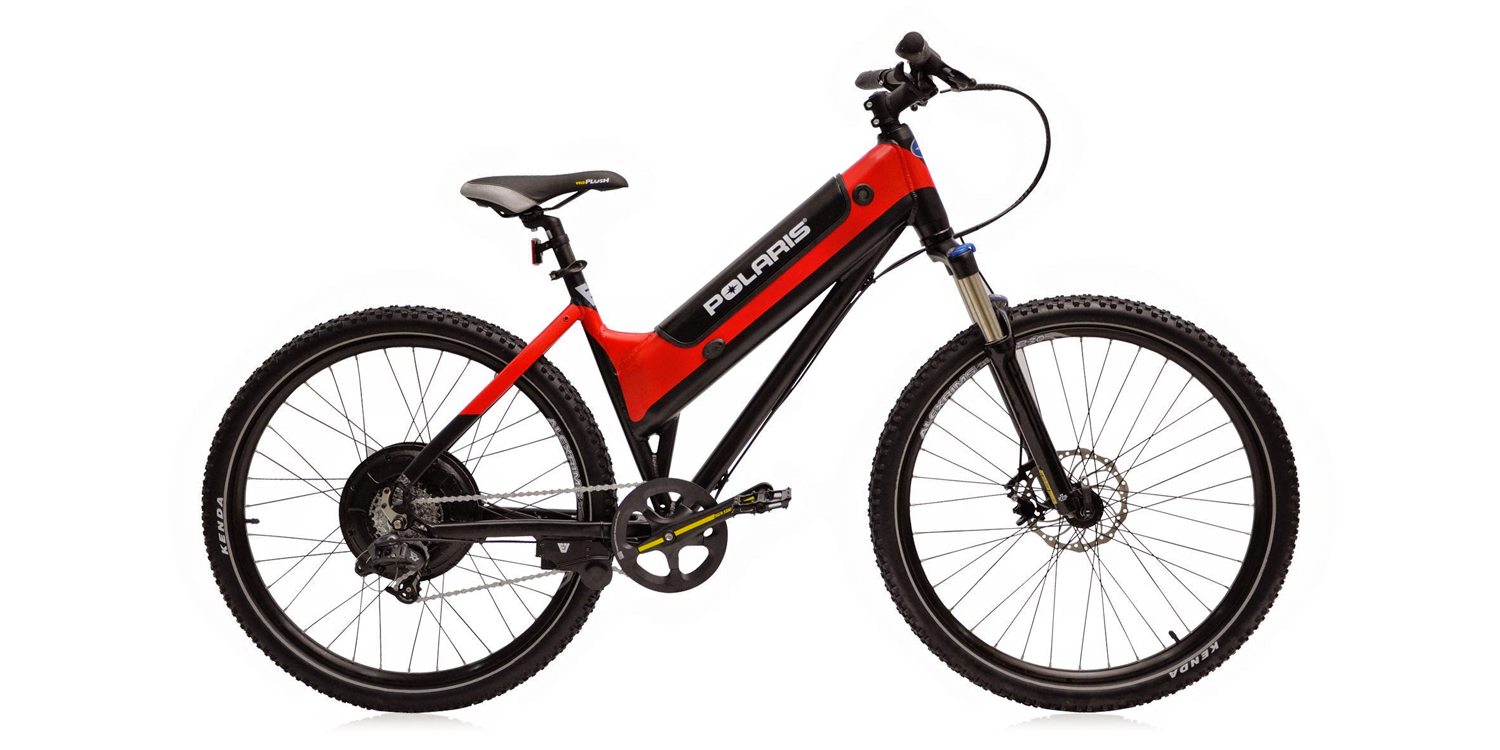
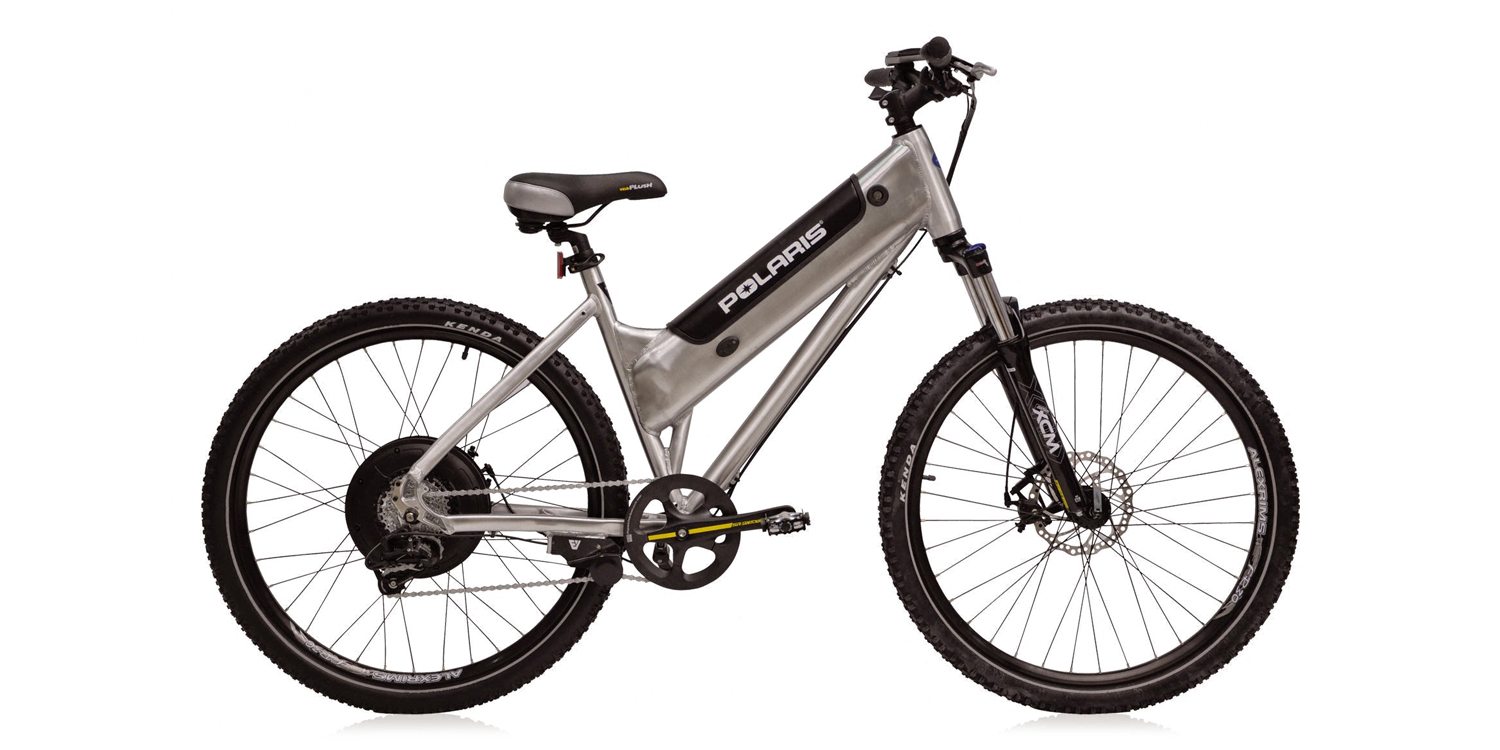
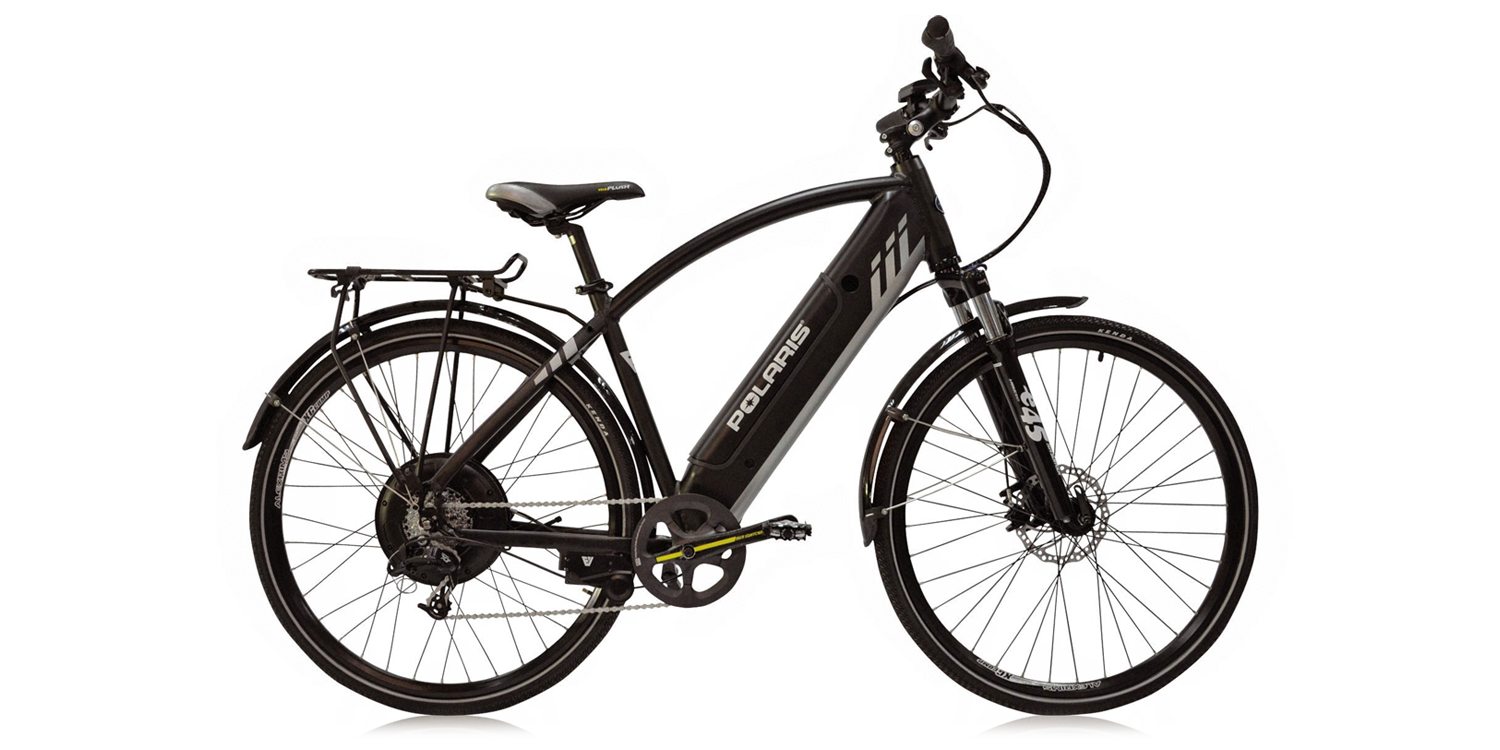
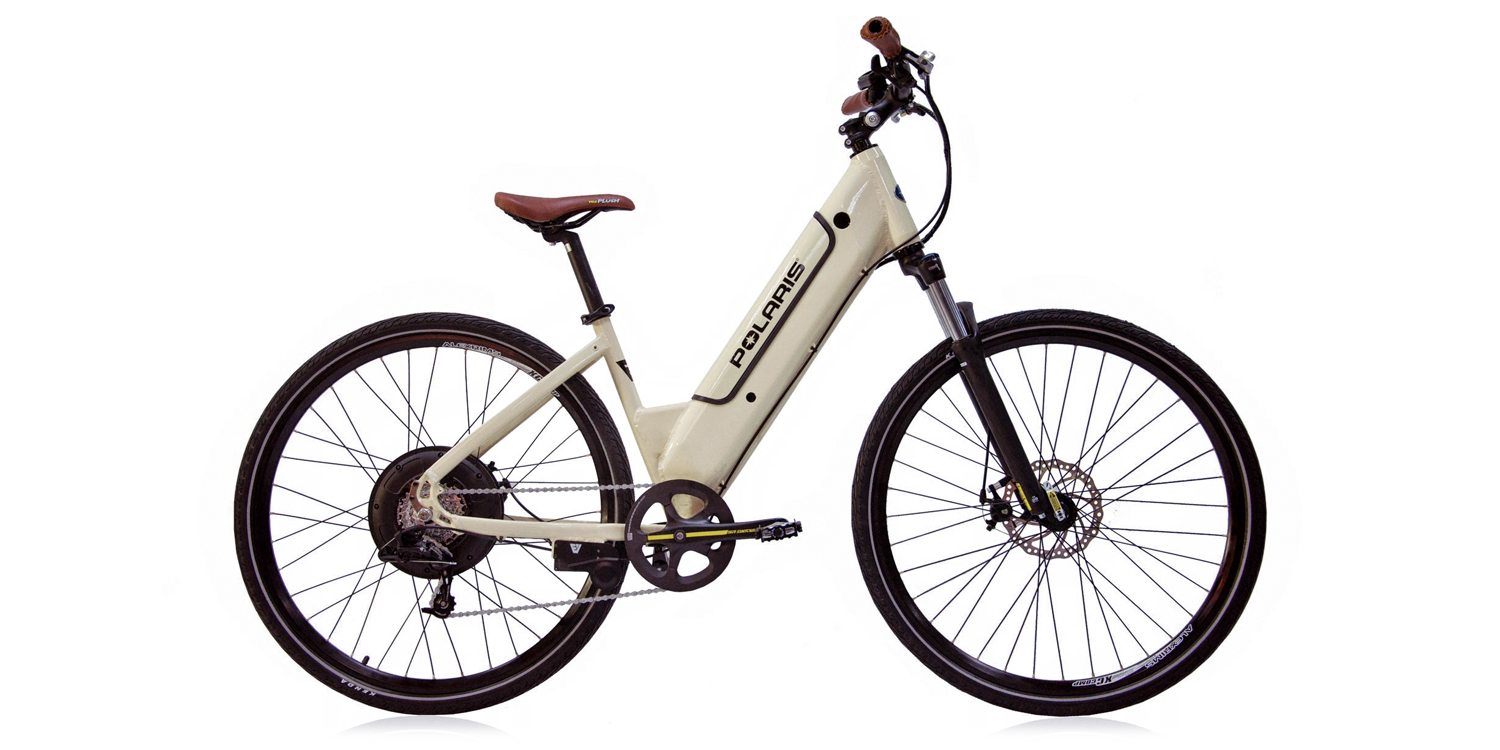
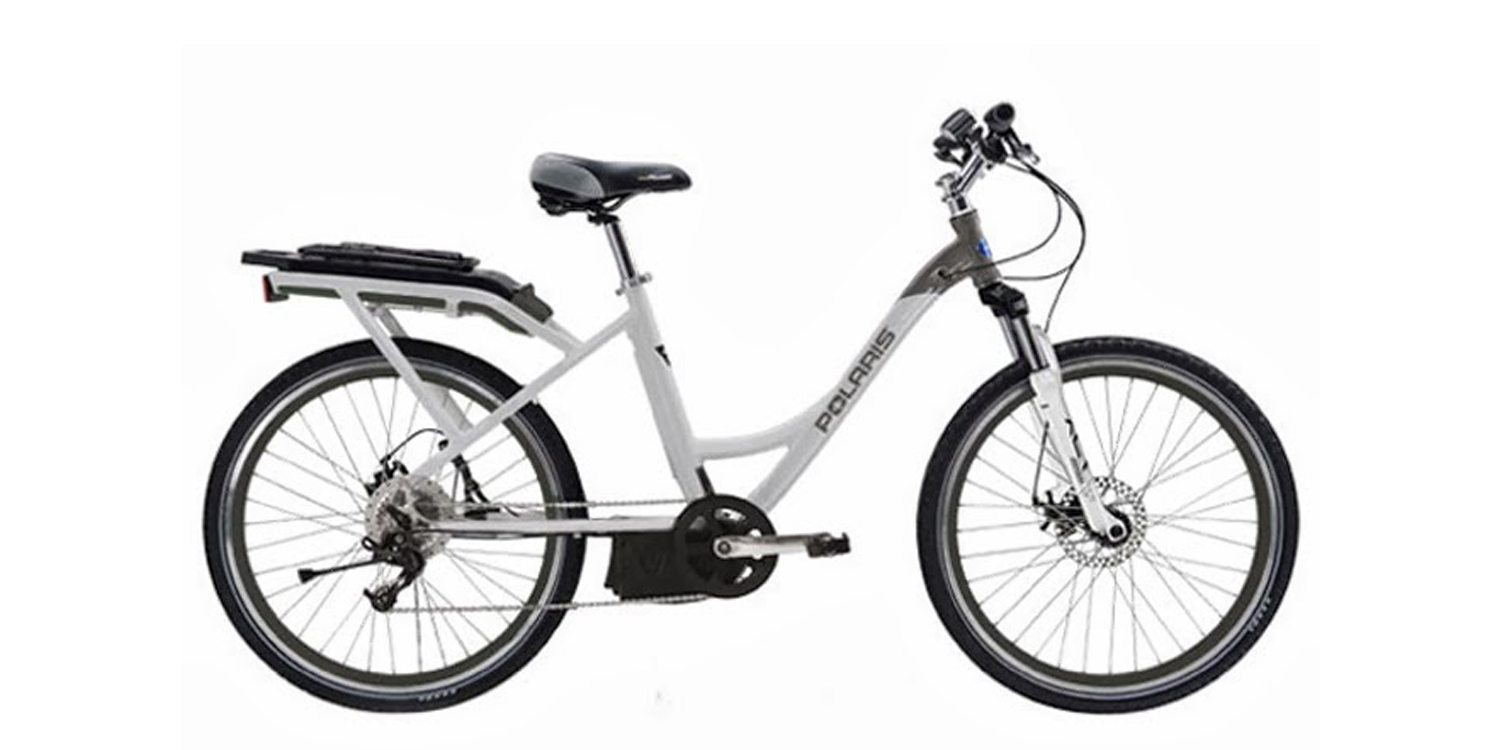
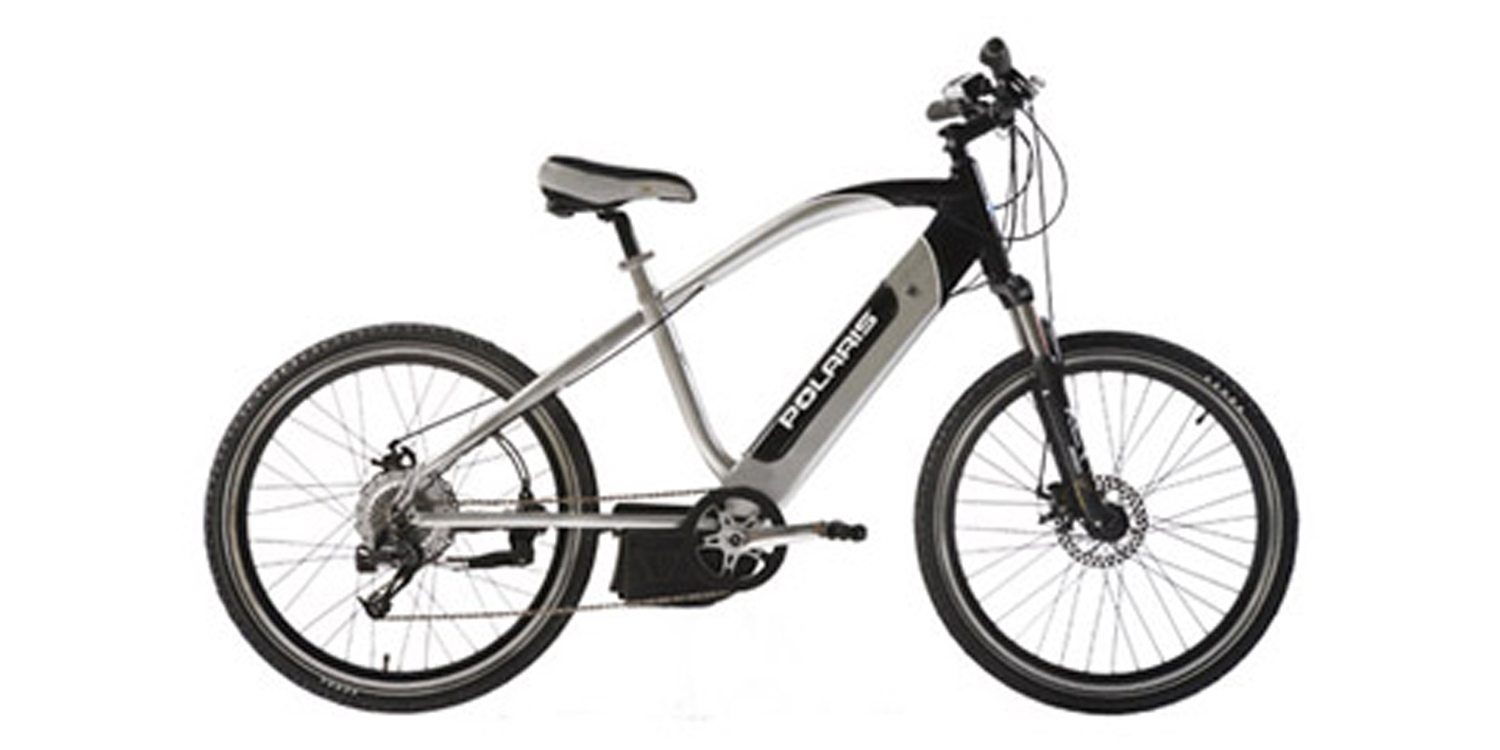
Reader Interactions